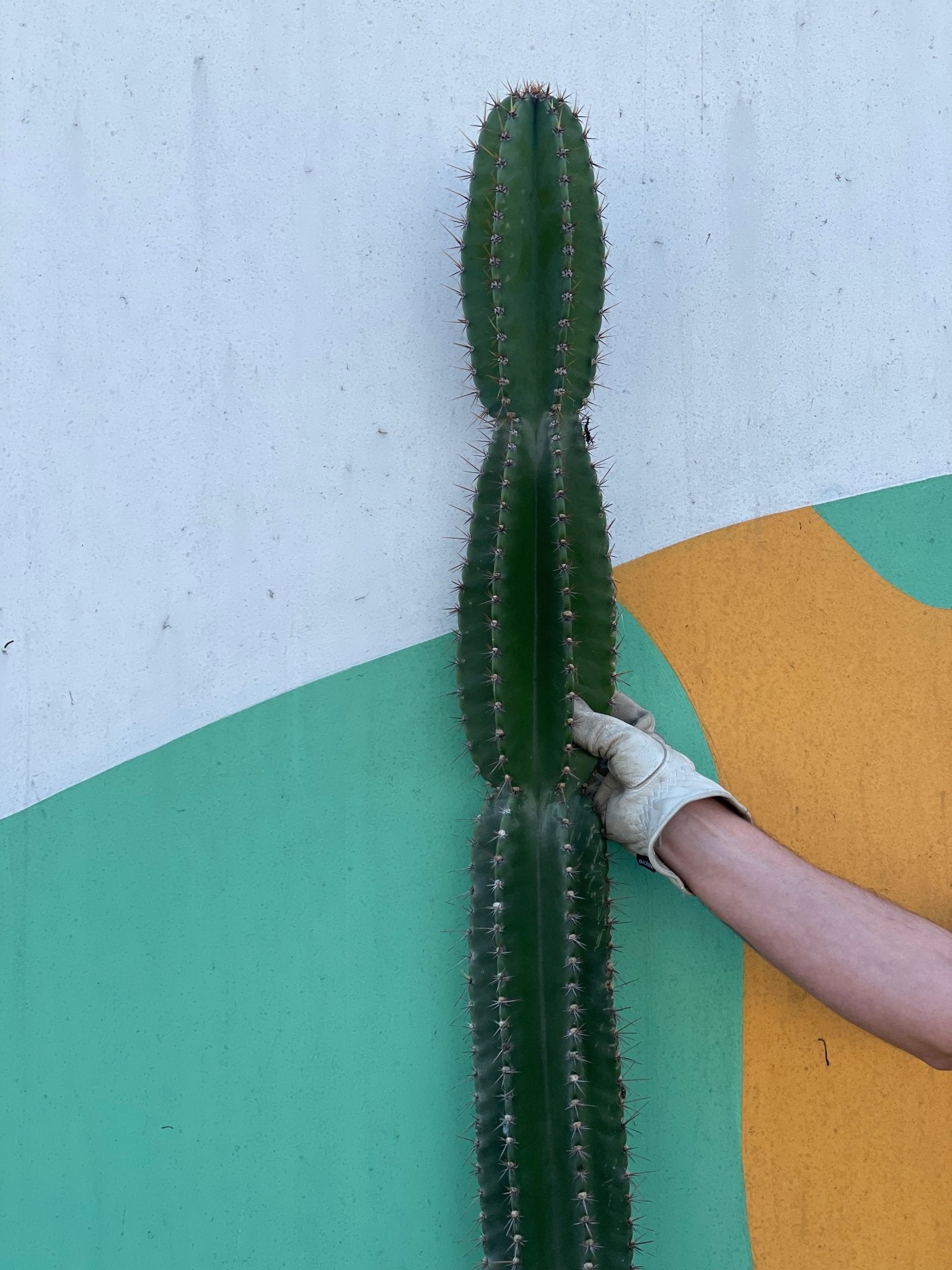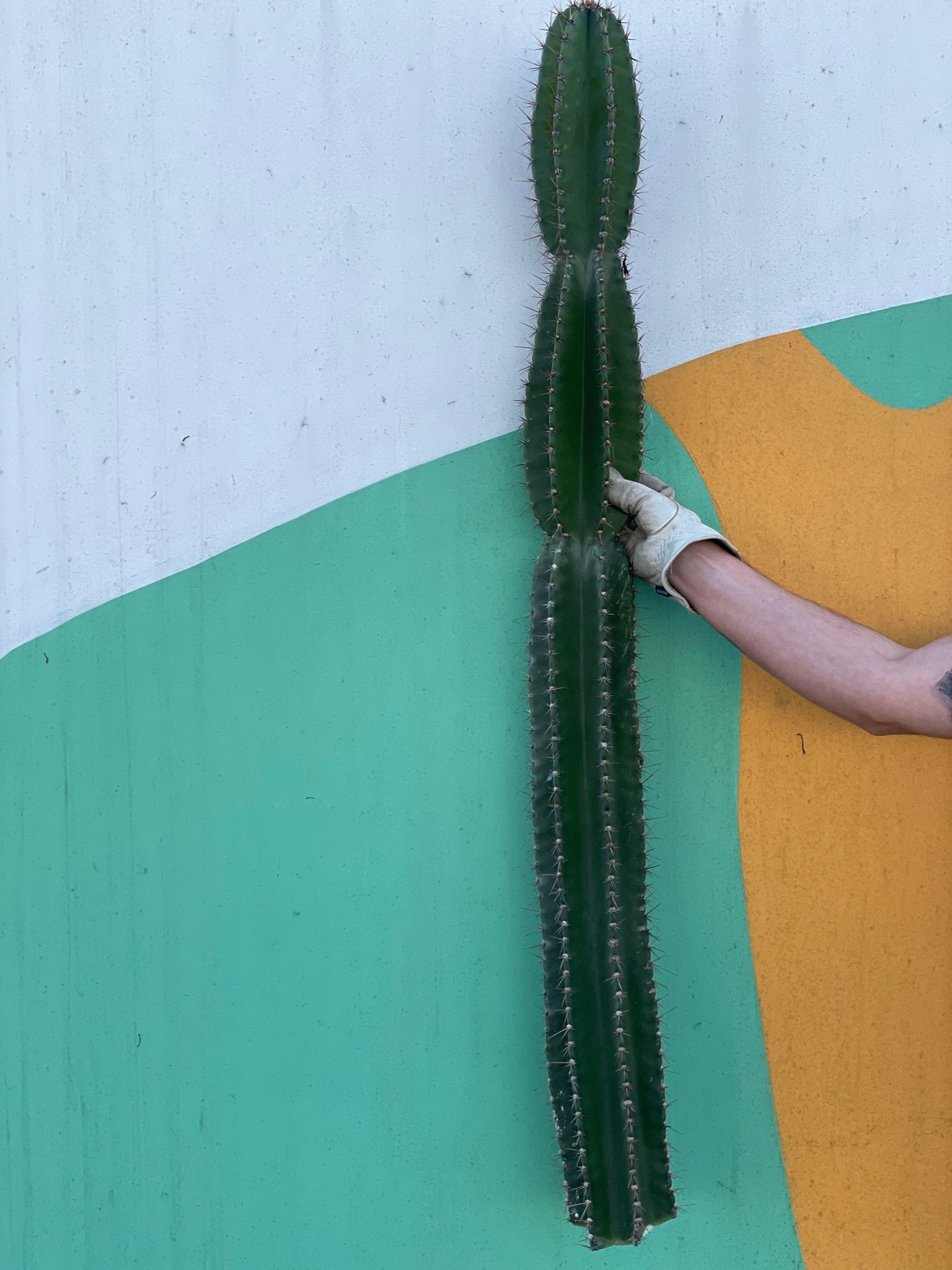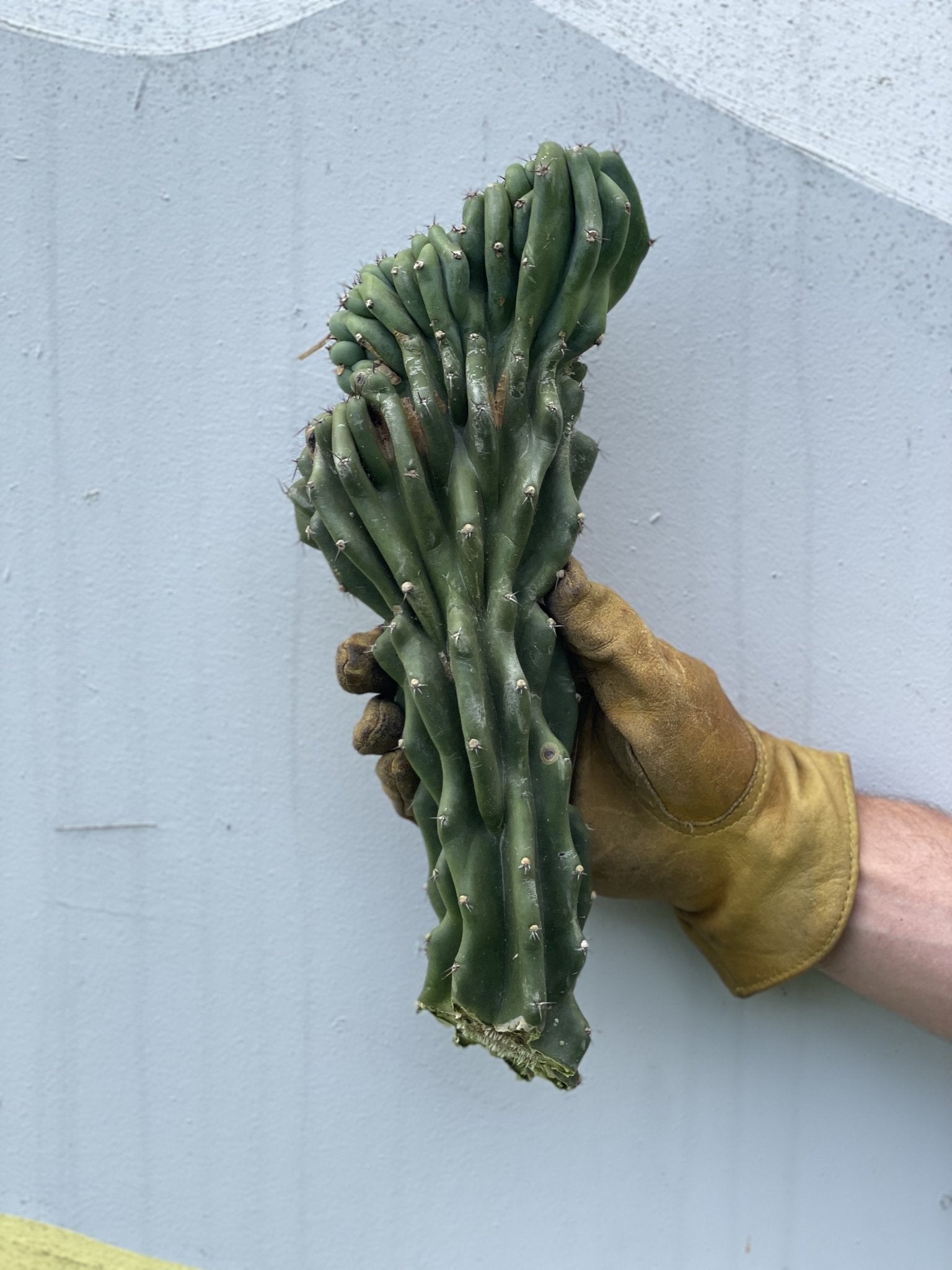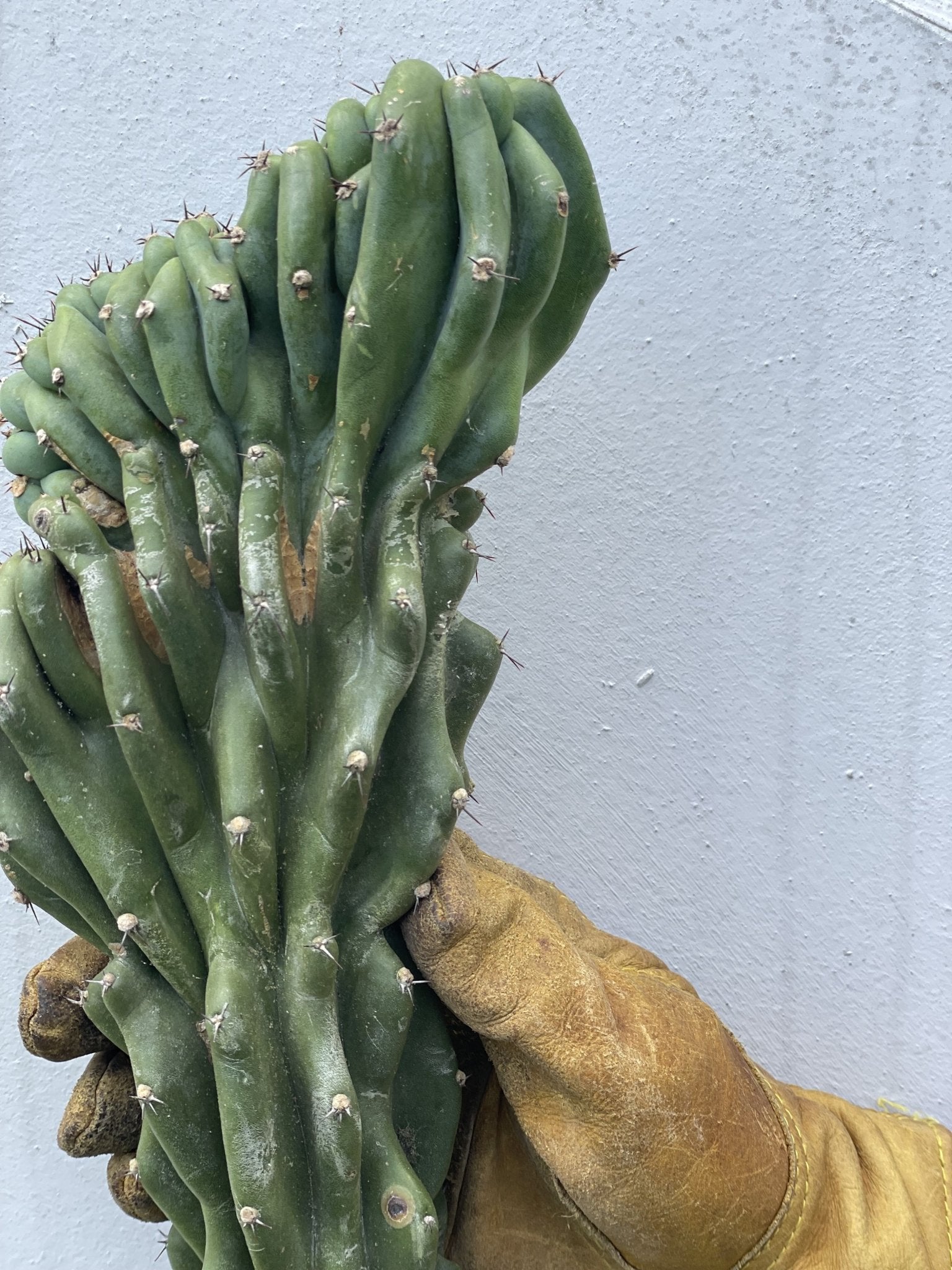An art form lasting thousands of years, Penjing originates from China but reached new heights in Japan. Its roots date back to the 1100s. The practitioners refined the methods that developed in conjunction with Zen Buddhism. Meditation plays a key role in this discipline, making the bonsai tree a suitable addition.
Defining Bonsai
It’s evident that growing bonsai trees is more than just container gardening. There are many traditions, aesthetic practices, and accepted styles associated with these plants. It has specific tools for tree trimming. Its goal is to replicate Nature in its most natural state. The plant's shape mirrors that of a wild tree.
The grower’s hand isn’t visible in its care. Nature is the steward. Creating this bonsai becomes the focus of meditation and a connection with the environment. Certainly, the careful upkeep serves as a type of mindfulness. This is where one of the numerous advantages of bonsai trees can be found.
Bonsais Arrive in America
The art spread globally, notably with the 1915 San Francisco Panama-Pacific International Exposition. Bonsai trees gained popularity in America after World War II, especially on the West Coast. The beauty and serenity of the plants resonated with people and culminated in the formation of the California Bonsai Association.
Then, 1980 was a turning point with the First World Bonsai Convention. Bonsai trees evolved beyond their religious ties to join the collective consciousness. Many organizations provide classes in this art. Exceptional collections can be found in botanical gardens nationwide.
Caring for Bonzai Trees
Over 1,700 species are suitable for this craft. Even some houseplants, such as the Ficus Ginseng (Ficus microcarpa), lend themselves well to this care. Tradition calls for using a shallow, neutral container. It gives the focus to the plant and makes the tree seem larger because of its greater width. The exceptions are bonsai trees in the cascade style representing a mountain slope.
Plants do well in well-drained soils with proper moisture balance. Consider perlite and pumice over potting soil. Use specialized tools for shaping and trimming. Copper wire is often used for training. Handle the copper wire with care to prevent any damage. Ensure proper training techniques are followed.
Similarly, the bonsai tree should not mirror a meticulously pruned hedge. Embrace imperfection over symmetry as the standard. Consider that you are crafting a portrayal of a naturally growing tree in all its unrefined beauty. It should be evident that Nature is the artist, and she can fetch a high price for her work. The most expensive bonsai tree was a Juniper Bonsai, sold in 1981 for $2 million.
Final Thoughts
Growing bonsai trees is a rewarding hobby. It encourages mindfulness, and can help provide welcome relief from the stress of everyday life. Like gardening, it is a craft that you must spend time learning and observing. It’s an excellent way to bring the outdoors into your home to keep Nature close at hand.







Leave a comment